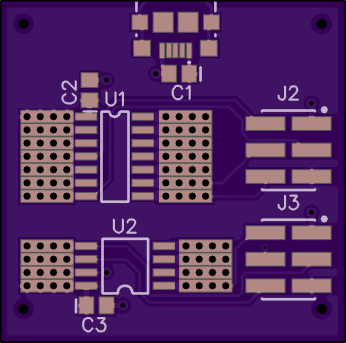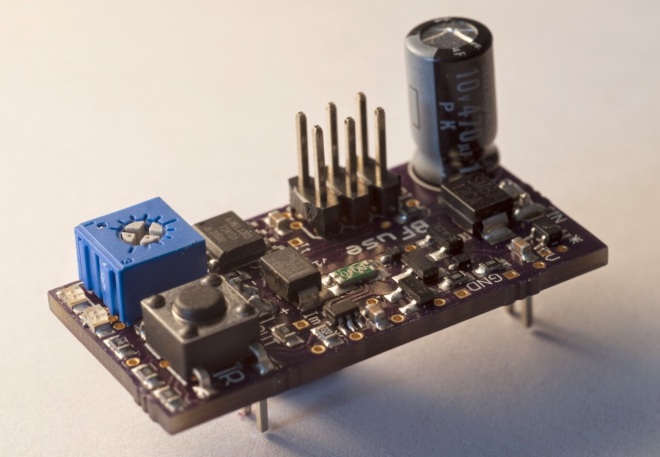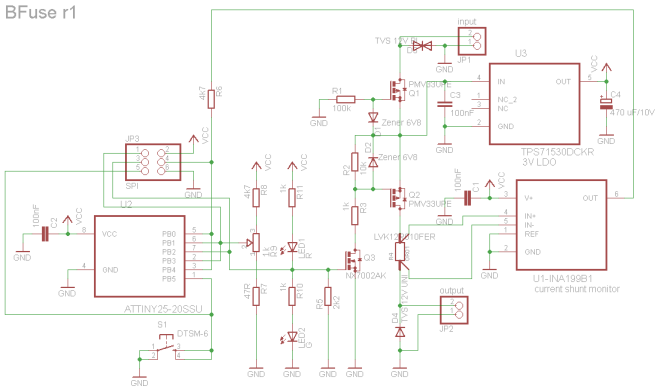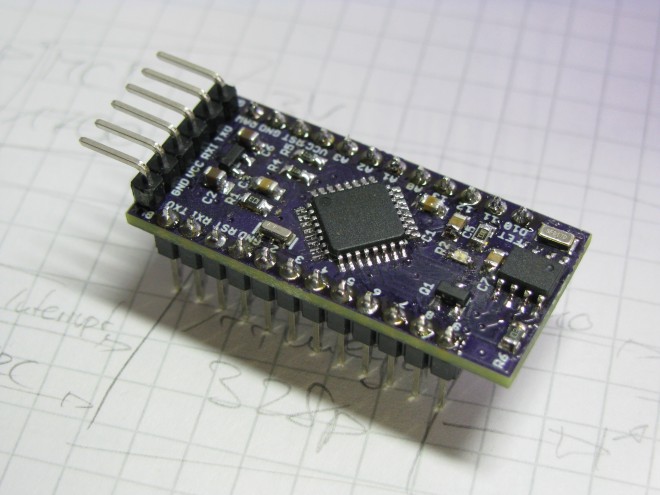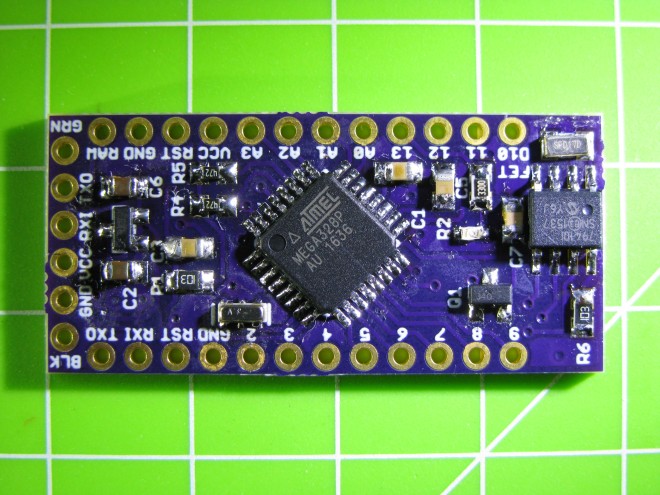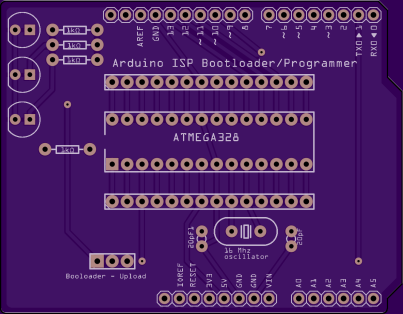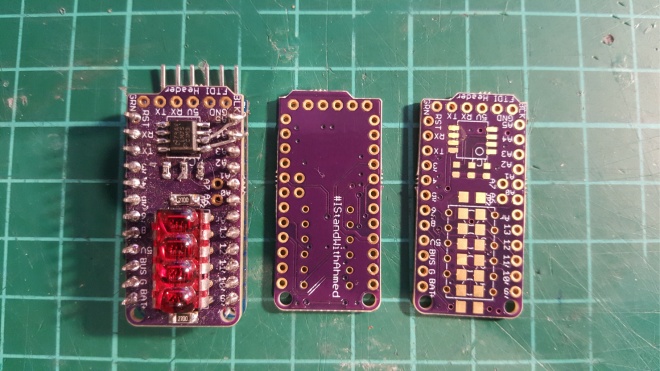Lucky Resistor designed this programming adapter for ATtiny13 and similar chips:
A Versatile ATtiny Programming Adapter
As mentioned in my article about designing a cheap plant watering sensor, I built a small adapter which can be used to pre-program the ATtiny13A. This is necessary, because once soldered on the board, I only have a debugWire interface, which has to be enabled first.
The adapter has a small 50mil JTAG header, where the Atmel ICE can be connected with the board. There is also room for a USB mini jack, which is used to power the MCU while programming. A small on-off switch is used to power the MCU and a LED is placed as indicator to see if the MCU has power.
One of the DIL/ZIF adapters is mounted on top of the female headers. Most of the adapters for SO-8, SO-14 and SO-16 will work with this board.
To make the board more versatile, I added a number of jumpers and solder points. By default, the adapter is connecting to the right pins for the ATtiny13A, but you can cut these routes and solder wires onto the board to implement any kind of connection you like.
The design files are available on GitHub:
 LuckyResistor/ATtinyAdapter
LuckyResistor/ATtinyAdapter
LuckyResistor has shared the board on OSH Park:

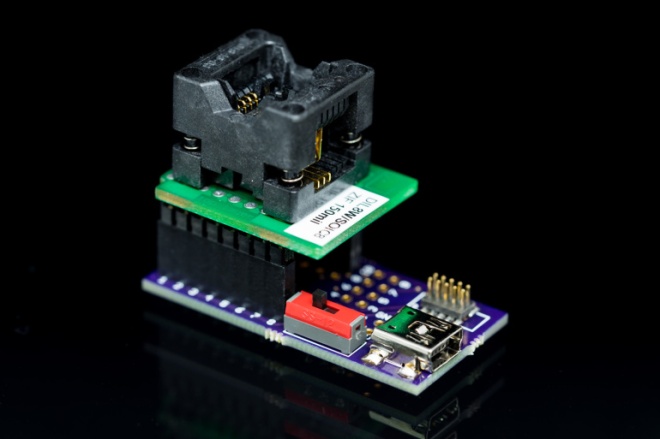
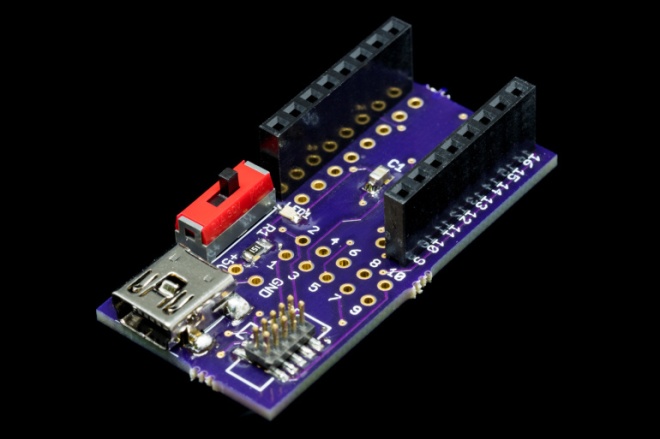


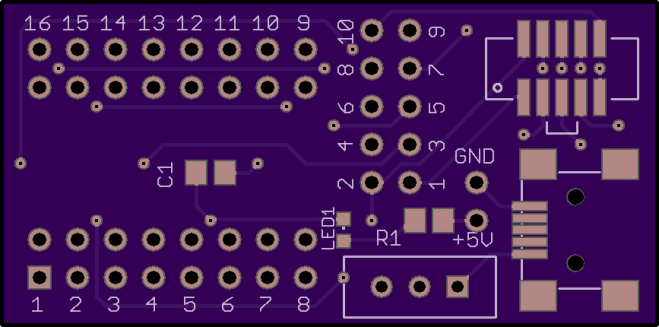

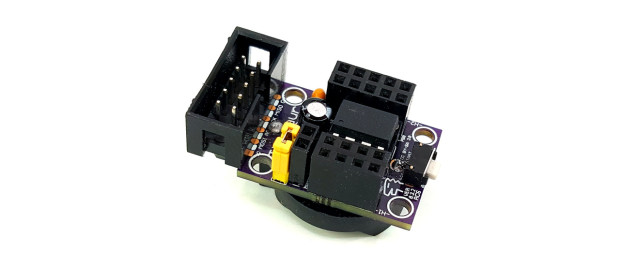





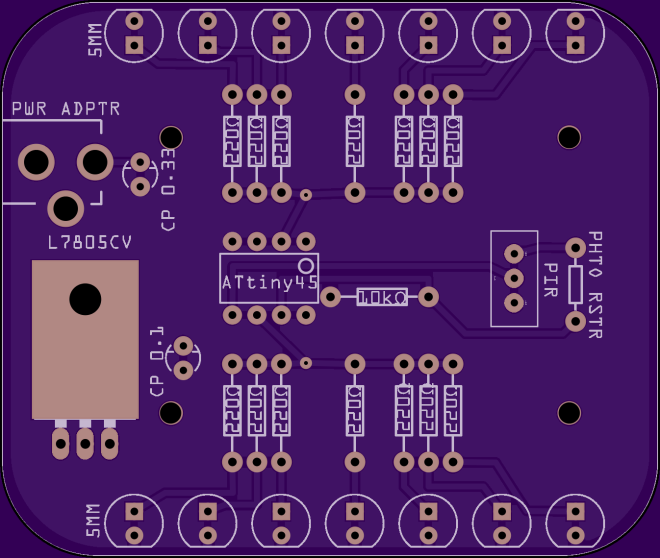



 ATTiny-Widget
ATTiny-Widget


